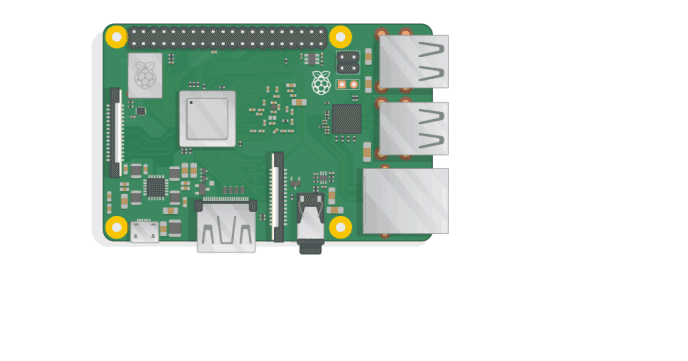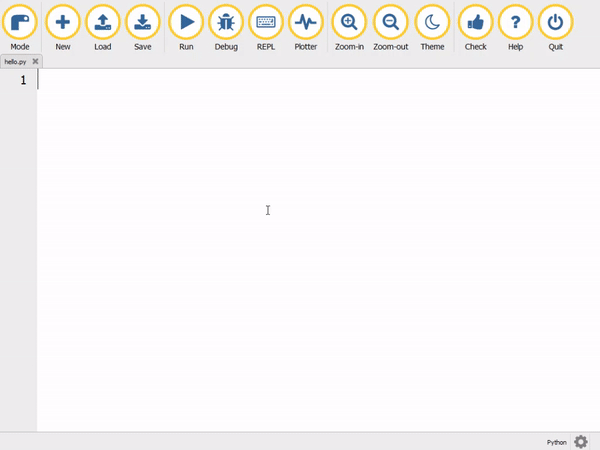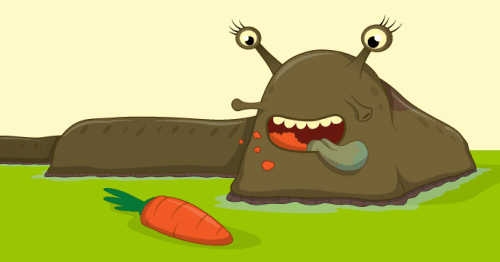Schlagwort: Resource
-

Getting started with your Raspberry Pi
Reading Time: 3 minutesHere on the Raspberry Pi blog, we often share impressive builds made by community members who have advanced making and coding skills. But what about those of you who are just getting started? For you, we’ve been working hard to update and polish our Getting started resources, including a brand-new video to…
-

Mu, a new Python IDE for beginners
Reading Time: 2 minutesMu is a very simple-to-use Python editor and IDE (integrated development environment) and this week, version 1.0 was released! New Mu Mu is designed to be as user-friendly and as helpful as possible for new Python programmers, presenting just the tools that are useful, such as: Syntax highlighting Automatic indentation In-built help Code…
-

Create SLUG! It’s just like Snake, but with a slug
Reading Time: 3 minutesRecreate Snake, the favourite mobile phone game from the late nineties, using a slug*, a Raspberry Pi, a Sense HAT, and our free resource! *A virtual slug. Not a real slug. Please leave the real slugs out in nature. Snake SLUG! Move aside, Angry Birds! On your bike, Pokémon Go! When it…


